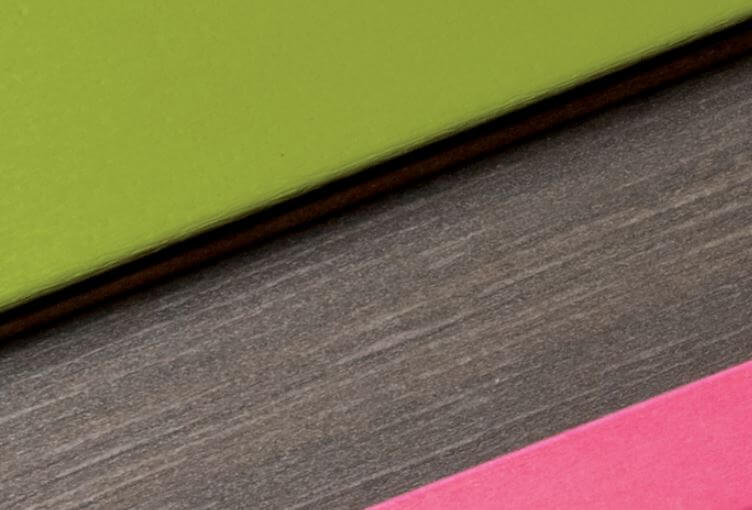A Quick Overview of Marine-Treated Lumber

Whether you’re looking to build a boat dock or barge, having the properly treated materials is vital to a strong and secure structure. As one of the most common materials used in these applications, wood requires significant treatment to withstand constant moisture. However, this process can come with a series of pitfalls to functionality and severe damage to the environment. Read on to get a quick overview of marine-treated lumber and it’s alternatives.
What Is Marine Lumber?
Marine-treated lumber materials are those used in the construction of any build located near or on a significant body of water. This includes docks, marinas, piers and barges. While wood was once among the most common resources used for this purpose, it does not stand up long in the elements and is not ideal for this environment. Wood is extremely porous by nature. Because of this, wood requires intense pressure treatments with the use of sealing chemicals to help block out moisture and preserve its structural integrity.
It’s important to note that marine-treated wood isn’t the only option available. In fact, plastic marine lumber options are quickly becoming the more popular alternative for their advanced array of benefits.
The Disadvantages of Marine-Treated Wood
While marine-treated wood is the more traditional option of the two, it possesses several key drawbacks to consider. For one, even the marine treatment process isn’t enough to protect the wood forever. This means that it’s still likely to deteriorate more quickly than synthetic lumber, losing its strength and functionality in the process. Additionally, because of the chemicals used during pressure treatment, the materials are also capable of leaching toxins into the surrounding water.
The Benefits of Marine Plastic Lumber
On the other hand, marine plastic lumber doesn’t undergo this pressure treatment. Comprised of recycled plastics, these boards are already fully waterproof and capable of withstanding the rigors of the marine environment. As such, they’ll never deposit chemicals into the water, nor will they lose structural integrity from moisture. Thanks to a woodgrain-embossed finish on the surface of these lumber pieces, you won’t even need to sacrifice the sleek look of natural wood on your decking.
In this quick overview of marine lumber options, we’ve covered traditional marine treatments and some of the drawbacks that come with them. At Tangent Materials, we seek to make these problems a relic of the past with our selection of plastic TanDeck marine lumber. Designed to handle even the most grueling of applications, our products never rot, split or release chemicals like traditional wood.












